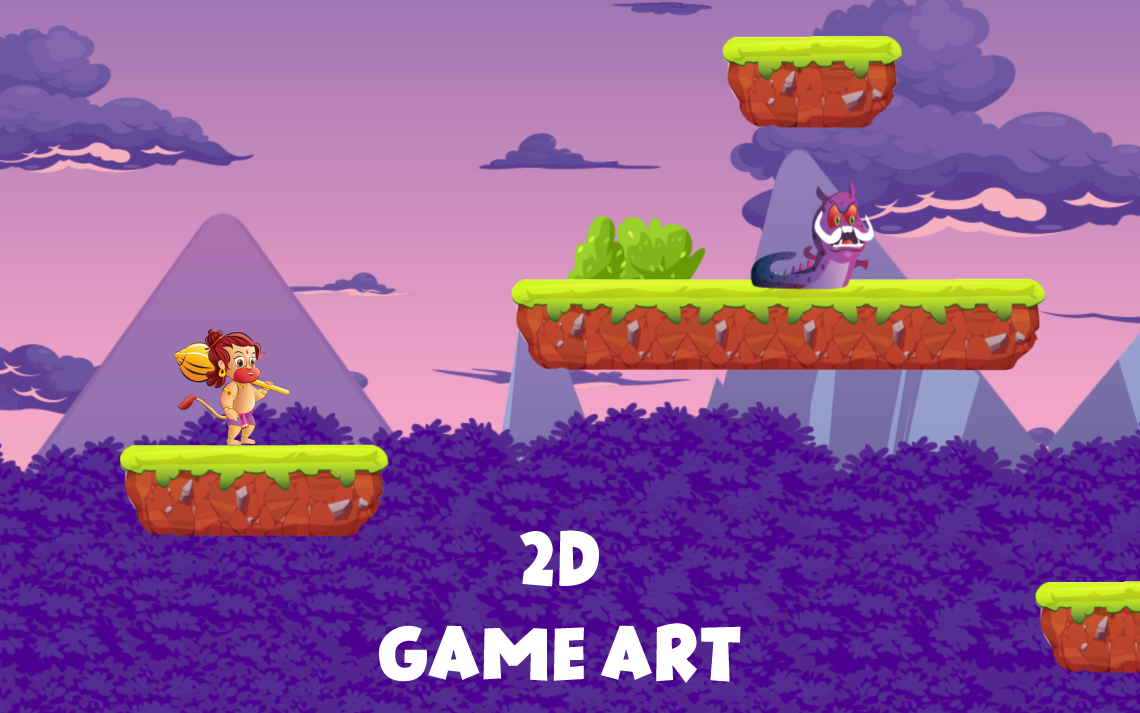Art, in its many forms, serves as a conduit for human expression. Among the myriad of artistic expressions, 2D and 3D arts prominently stand out, each encapsulating distinct characteristics, methodologies, and aesthetic philosophies. As we traverse the fascinating realms of these two dimensions of art, one might ponder: what fundamentally separates these two artistic modalities? Furthermore, can the evolving landscape of technology bridge the inherent chasm between these dimensions?
To embark upon this exploration, it is imperative to establish a clear definition of 2D and 3D arts. Two-dimensional (2D) art encompasses any artistic expression that exists on a flat plane. This category includes paintings, drawings, illustrations, and digital creations that can be appreciated without the necessity of depth perception. Conversely, three-dimensional (3D) art refers to works that possess volume and occupy physical space, including sculptures, installations, and virtual creations that simulate depth through perspective.
The divergence between 2D and 3D arts extends beyond mere dimensionality. At the heart of 2D art is the concept of representation. Here, artists utilize lines, shapes, colors, and textures to create a visual narrative that is experienced in a singular plane. This artistic approach invites viewers to engage with the composition within the confines of a defined boundary. Techniques such as shading and color blending enable artists to imply depth and dimension, despite the artwork existing in a flat realm. Artists like Henri Matisse and Piet Mondrian exemplify the capability of 2D works to encapsulate emotional and intellectual profundity.
On the contrary, 3D art invites a multifaceted experience by allowing audience interaction from multiple vantage points. Sculptures, for instance, are not merely objects to be viewed from one angle; they are explorations of form and volume. This dimensionality fosters an intimate dialogue between the artwork and the observer, as the viewers can navigate around and interact with the piece, experiencing its nuance differently from various focal points. The tactile nature of 3D art also engages sensory perception, creating a more visceral connection between the artist’s intentions and the beholder. The works of Auguste Rodin and Henry Moore exemplify how three-dimensional art can convey narrative, emotion, and meaning through form and structure.
While these distinctions are foundational, the interplay between 2D and 3D art has grown increasingly complex in contemporary contexts. With the advent of digital technologies, the boundary that once delineated these realms has begun to blur. Digital art platforms allow for the creation of hybrid works that retain the characteristics of both dimensions, thus challenging traditional definitions. Artists can now leverage sophisticated software to produce 2D illustrations that mimic 3D forms or create immersive environments where users can navigate through and interact with the artwork.
Moreover, the incorporation of augmented and virtual realities elevates this intersection further. Artists are now positioned to craft experiences that transcend the limitations of physical media. Through these technologies, the viewer is offered an opportunity to engage with a piece on both a two-dimensional and three-dimensional level. This fusion of the two dimensions catalyzes a novel experience that feels both familiar and revolutionary. But does this advancement dilute the essence of both art forms, or could it potentially enrich the art experience?
The cultural implications of 2D and 3D art also merit consideration. Each medium carries its own connotative significance, influenced by historical, social, and environmental factors. Two-dimensional works often reflect historical practices and techniques, inheriting the legacy of artists from epochs long past. Meanwhile, three-dimensional works may draw from contemporary discussions surrounding space, location, and physicality. For instance, installations that respond to their physical environment can manipulate perception and challenge the viewer’s understanding of space and context.
Although both 2D and 3D arts possess unique properties, they are not mutually exclusive. Anthropologically, they can be seen as complementary. Artists have historically toggled between dimensions to push boundaries and explore innovative expression. The Post-Impressionists, for example, employed 2D techniques while grappling with three-dimensional concepts through the representation of space and light.
As we scrutinize the ongoing discourse surrounding 2D and 3D arts, one must remain cognizant of the intricate relationship shared between the two. They are interwoven in a complex tapestry of human creativity, each informing and enriching the other. As artists continue to explore these boundaries, they invoke an essential inquiry: how do we engage with art in an era that oscillates between two and three dimensions? Furthermore, how might embracing the multifaceted interplay of 2D and 3D enhance our understanding and appreciation of artistic processes and outcomes?
In conclusion, the distinction between 2D and 3D arts encapsulates more than mere dimensionality; it evokes discussions of representation, interaction, and cultural significance. As modern technologies continue to reshape these artistic realms, one must ponder the future trajectory of art itself. The question remains: as we endeavor to navigate through this multi-dimensional landscape, are we ready to embrace the challenges—and the breathtaking possibilities—that lie ahead?












